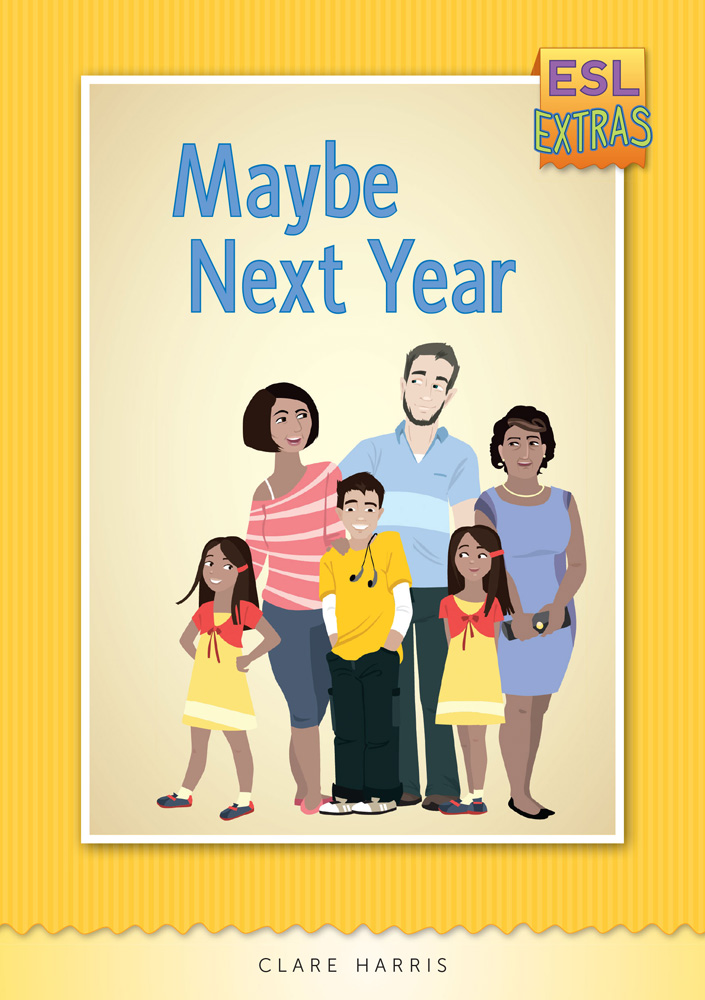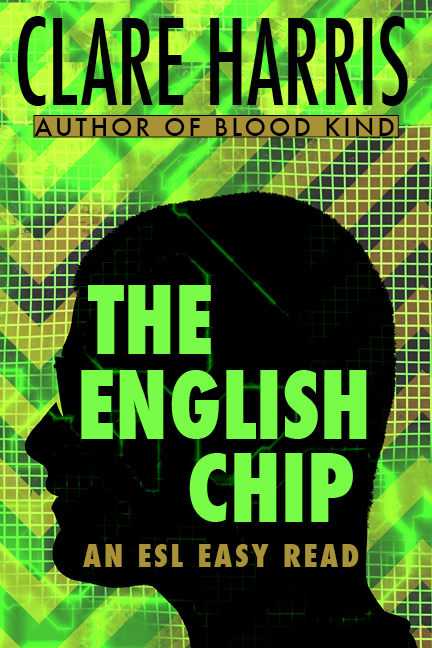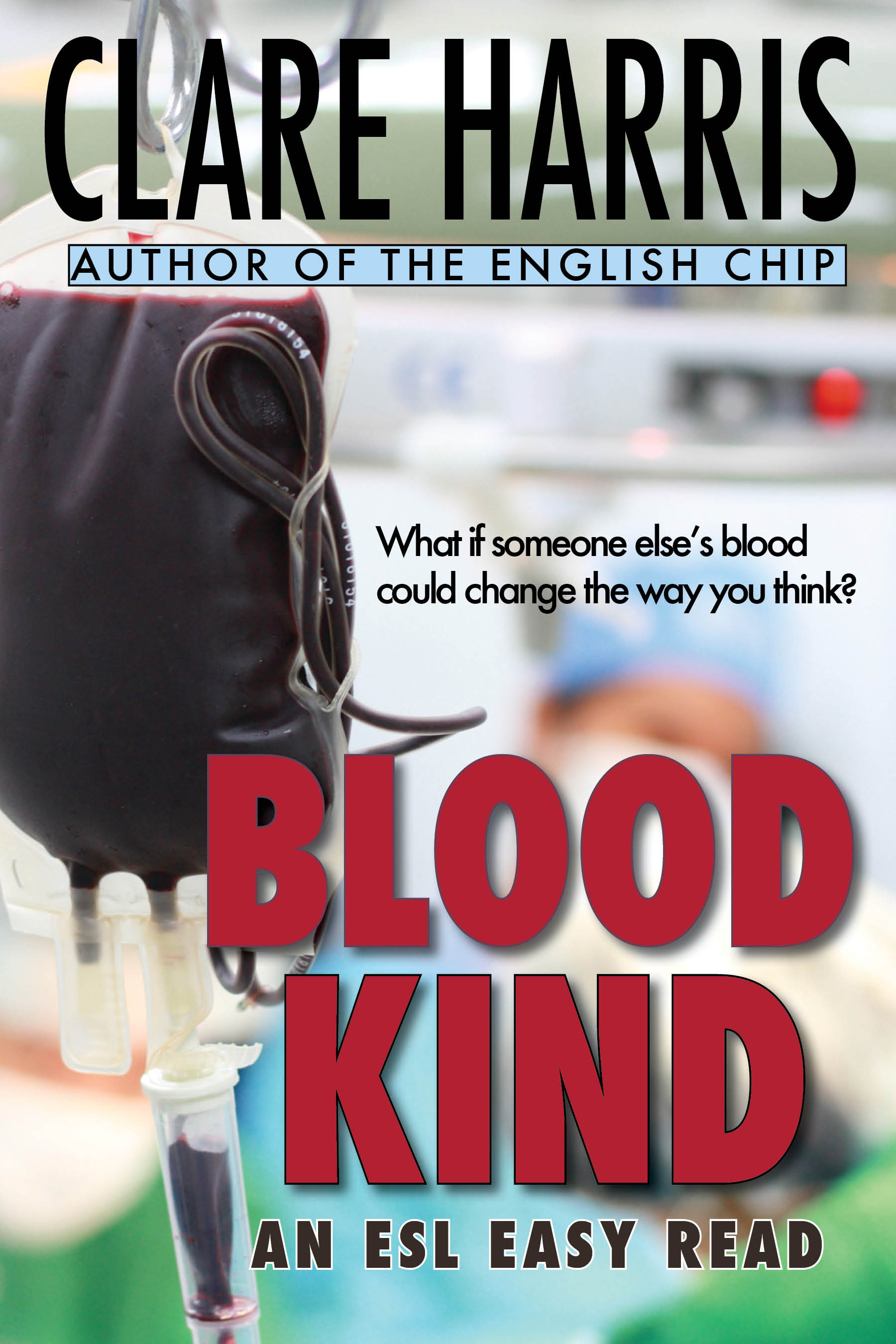English for Swimming! You’ve hopefully already seen the free-to-download resource, or read about Michelle Cowan’s work at Navitas Skilled Futures, creating an English for Swimming Program that anyone can use. It’s so accessible and appealing and the program was highly commended in the 2020 NSW Humanitarian Awards…and I was fortunate enough to be able to ask Michelle some questions about it:
Michelle, how did this all begin? I know you’re a swimming instructor as well as an English teacher and learning designer, but what made you think of this resource?
Covid! The English for Swimming Program started in 2018 and it was my intention that it would run every summer for as long as we could. And then Covid came along, so the program couldn’t be run.
But it was definitely a program I wanted to have reach, and for other providers to pick up and run with. It was the perfect opportunity to develop a resource and with the backing of Navitas, I did just that.
What was your motivation?
My main motivation for the program was learning about the difficulty adult migrants have in accessing learn-to-swim programs. That’s not because there aren’t lessons out there, but because it’s not a priority for people who are new to a country, have a family to feed, have a new language to learn, a new culture to adapt to.
So I decided that if I could embed swimming into the AMEP, it would become a priority. I know that migrants make up a large proportion of at-risk groups from drowning, so I wanted to be able to provide an opportunity for swimming lessons.
It’s been a long time since you first told me about it…
It was a labour of love and something that I worked on for the better part of a year, in between all my other projects. Navitas Skilled Futures resourced my part of the project for one day a week, with extra resourcing through our Learning and Teaching team, to edit and review the resources.
How did you work out the pool/classroom balance?
Each week we had a 2-hour lesson in the classroom, followed by a 1-hour lesson in the pool. In the classroom, we learned vocabulary related to swimming, we talked about and set goals, plus for higher levels I encouraged the students to ‘blog’ each week on their progress. We watched instructional videos and 360 videos in VR (Virtual Reality) for an immersive experience, and we even did some mindfulness meditation.
We also always practised dry land technique, like using fitballs for students to practise freestyle arms, and chairs to simulate jumping in and then jumping up from the bottom of the pool – it was a lot of fun in the classroom as well as in the pool.
I really like the way the resource includes a range of tasks for different levels and macroskills. How did you plan that?
The resource content is aligned to the CSWE and EAL curricula. Because this was a class about swimming, anyone could join – it didn’t matter about your English level. This made it hard sometimes when teaching, to have a Level 0 student with a Level 3.
So in the book there are activities that suit lower level learners and activities to suit higher levels. Teachers can decide what to give and what to leave out. For example, the how-to videos have written instructions which are definitely suited more to a Level 2 or 3 learner, but I tried to make the actual video recordings quite slow and simple for lower levels. There are also reading activities and listening activities – so all designed to help improve the English skills of the learners as well.
Can we go back to your use of VR – that’s a fascinating concept, with that underwater experience.
I’ve used VR a lot and even presented on VR for language learning and its reach. Back in 2015 Google released its amazing app called Expeditions, which has since closed down. It allowed students to ‘visit’ places around the world without leaving the classroom, and all they needed was the app, a phone and a cardboard VR viewer. You didn’t even need to have internet – you could just plug in a router and connect to that – so it was accessible to remote areas without good internet. It was amazing and inspiring and every single class that I taught using Expeditions just loved it. The wow factor was amazing and they would leave class energised and enthused.
And so I started to think about how I could make more local content, because while it was fun to ‘visit’ the Himalayas or see the Northern Lights, it wasn’t settlement based and it wasn’t local. So I bought a super cheap 360 camera and started learning and researching. I found that VR was being used in so many different fields already for so many different things – like in the medical field to teach X-ray technicians without the need to be in the classroom, or in psychology to get ‘inside’ the mind of someone living with schizophrenia, or to address unconscious bias in the workplace by walking in the shoes of a minority group.
It was always my intention to create VR content for this program. Navitas Skilled Futures kindly invested in a waterproof 360 camera and I made some really simple videos of me just immersed in the water, and also some technique videos. Then I found some YouTube videos of dolphins in 360 and that sort of thing – the students loved it.
What made you decide on QR codes to access the tasks, video, and audio?
We’ve always used QR codes at Navitas, even before the pandemic, to bring resources to life and extend how students interact with their learning resources. For example, QR code treasure hunts and QR code quizzes were always a staple in my classes. We all thought the QR code was dead, but look at its incredible resurgence! So it made sense – the book is printed as well as electronic, so for those with a printed copy you can’t just click on a link; you need an easy way to access the content and that’s the easiest. There are also short bitlinks for the audio and video.
The English for Swimming course is also very practical, for teachers or agencies wanting to deliver…
The ultimate, fundamental aim of this resource and this program was around opportunity. If we can give migrants and refugees the opportunity to learn to swim, and learn about water and beach safety, we can reduce drownings. In my opinion, swimming needs to be part of every curriculum in every school everywhere and swimming lessons need to be heavily subsidised.
I know that the life of our average student is a busy one. Most of them just do not have time for themselves and so going for a swimming lesson in the evening or at the weekend just wouldn’t work. By embedding swimming into their AMEP lesson we are able to make it a priority… but it can’t just stop at one organisation. Navitas Skilled Futures has paved the way for this program to be taken up by any provider and that’s why I’m so proud that not only was this book produced and printed, but that it is freely available.
What are your goals for learners, in this 10-week program?
We want them to feel confident in the water, to know how to save someone who is in trouble, to feel comfortable going in the deep end, and to be able to tread water. And of course, to improve their English! There have been other great outcomes too, related to their sense of wellbeing and overcoming fears.
I can imagine! Was the project mostly ‘just you’?
No way! The project was my idea, my passion project if you like, but it couldn’t have happened without the support and help of others – Sue Valdeck, the Programs Manager here, who supported it from its inception; Kari Baynes of Different Strokes Swimming who I partnered with to deliver the learn-to-swim component; Belgravia Leisure and Auburn Ruth Everuss Aquatic Centre who let us use their pool – there’s a whole list of acknowledgements in the book.
I love the fact that it’s free for anyone to use, not just Navitas teachers.
So do I! As stated earlier – I am so thrilled that Navitas took the decision to fund the production of 100 copies and then give them away. The book comes with these beautiful flashcards – they are so great! I worked with a graphic designer in marketing who did a wonderful job and it was quite the process with the copies back and forth. I think there were about eight drafts by the time we were all happy with the edits. I can’t thank Navitas enough for getting behind this and supporting it.
That’s huge! Have you had any feedback or queries?
Quite a lot. It’s been sent out to Western Australia, South Australia and Queensland. I’ve had enquiries from overseas as well, and Royal Life Saving are really interested in it. What I hope will happen is that more and more providers will implement the project and that we will see lots of happy swimmers all over the country.
Let’s hope so. Are you working on anything else?
Yes, but quite far from swimming! I’m currently working on a series of lessons to help students learn about and understand Digital Health.
Great – all the best with that! Finally, where can people find the English for Swimming resource?
Right here on the Navitas Skilled Futures website.
Thanks so much, Michelle. I really encourage everyone to look at this resource and to reach out to Michelle if they have questions. You don’t need to be a swimming instructor yourself, as long as you find one that you can pair with – and a pool!











